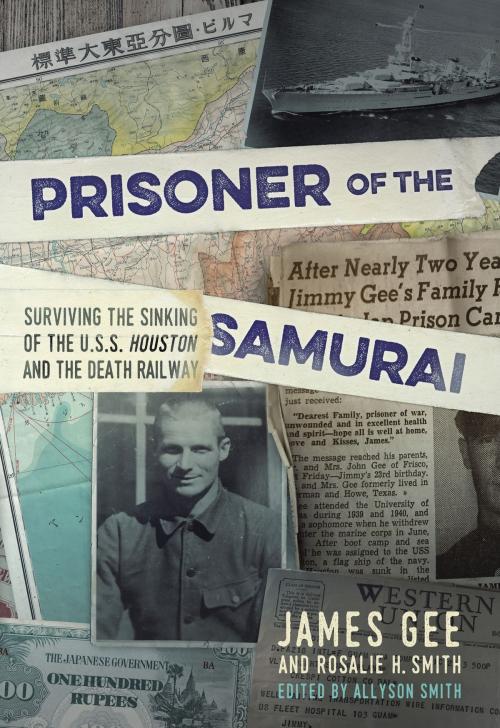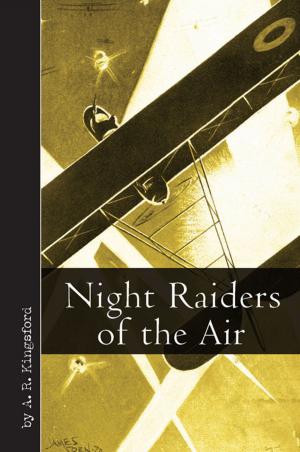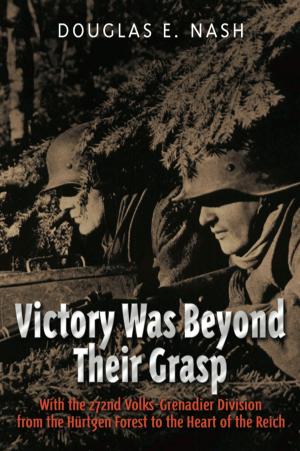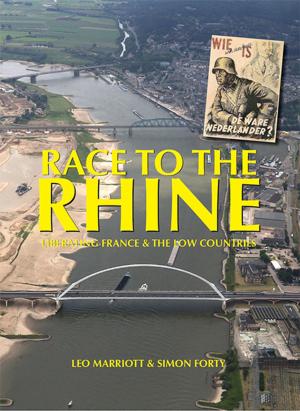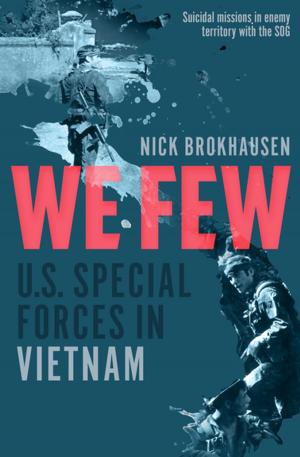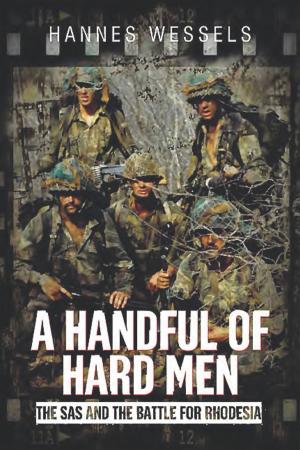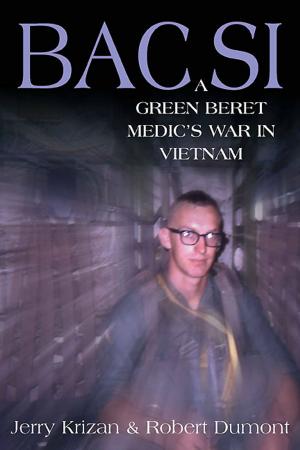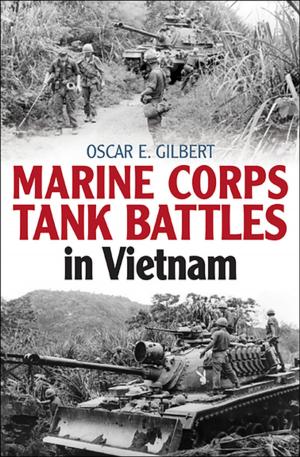Prisoner of the Samurai
Surviving the Sinking of the USS Houston and the Death Railway
Nonfiction, History, Asian, Japan, Military, World War II, Biography & Memoir, Historical| Author: | James Gee, Rosalie H. Smith | ISBN: | 9781612005980 |
| Publisher: | Casemate | Publication: | February 19, 2018 |
| Imprint: | Casemate | Language: | English |
| Author: | James Gee, Rosalie H. Smith |
| ISBN: | 9781612005980 |
| Publisher: | Casemate |
| Publication: | February 19, 2018 |
| Imprint: | Casemate |
| Language: | English |
During World War II, Lt. Rosalie Hamric was an R.N., serving as Charge Nurse in the Psychiatric Ward of the Guantanamo Bay Naval Hospital. At the end of the war, a group of liberated prisoners of war from Southeast Asia, survivors of the sinking of the USS Houston in 1942, was sent to the ward for treatment. Many were encouraged to write down their experiences as part of their therapy. One, James Gee, PFC, USMC did a particularly detailed job. His account covers the sinking of the Houston, his rescue by a Japanese ship, and his experiences in Japanese camps over the next three years.
Initially a prisoner in Java forced to load and unload enemy ships, then in Batavia, he was then transferred to Burma where he worked on the "death railway," living on the banks of the River Kwai. Those who survived the hard labor and harsh conditions there would be sent onto Thailand, then Singapore before arriving in Japan in 1945, spending the last few months of the war working in coal mines just 40 miles outside Nagasaki. Rosalie worked his accounts into a manuscript, which following her sudden death, languished in an attic for over thirty years. Now rediscovered, James's story can be told to a new generation.
During World War II, Lt. Rosalie Hamric was an R.N., serving as Charge Nurse in the Psychiatric Ward of the Guantanamo Bay Naval Hospital. At the end of the war, a group of liberated prisoners of war from Southeast Asia, survivors of the sinking of the USS Houston in 1942, was sent to the ward for treatment. Many were encouraged to write down their experiences as part of their therapy. One, James Gee, PFC, USMC did a particularly detailed job. His account covers the sinking of the Houston, his rescue by a Japanese ship, and his experiences in Japanese camps over the next three years.
Initially a prisoner in Java forced to load and unload enemy ships, then in Batavia, he was then transferred to Burma where he worked on the "death railway," living on the banks of the River Kwai. Those who survived the hard labor and harsh conditions there would be sent onto Thailand, then Singapore before arriving in Japan in 1945, spending the last few months of the war working in coal mines just 40 miles outside Nagasaki. Rosalie worked his accounts into a manuscript, which following her sudden death, languished in an attic for over thirty years. Now rediscovered, James's story can be told to a new generation.
